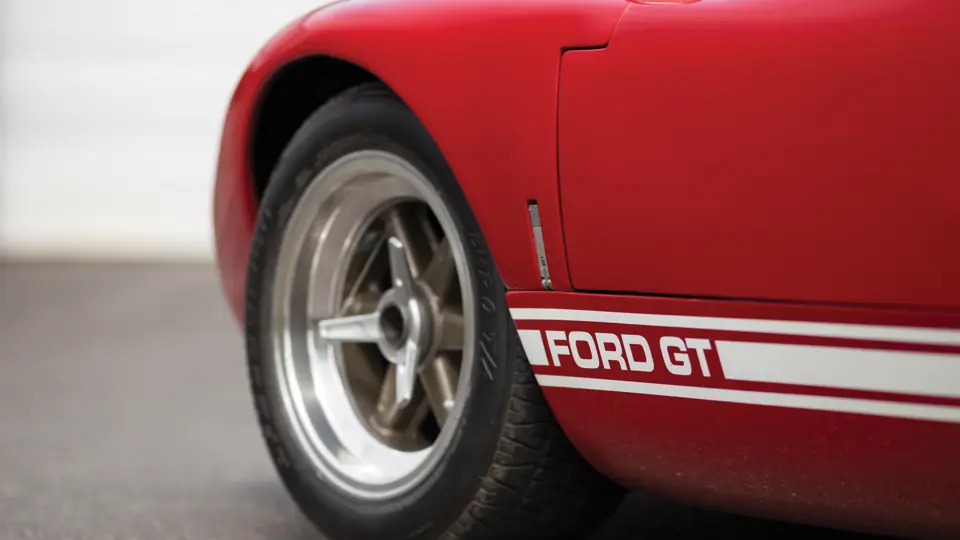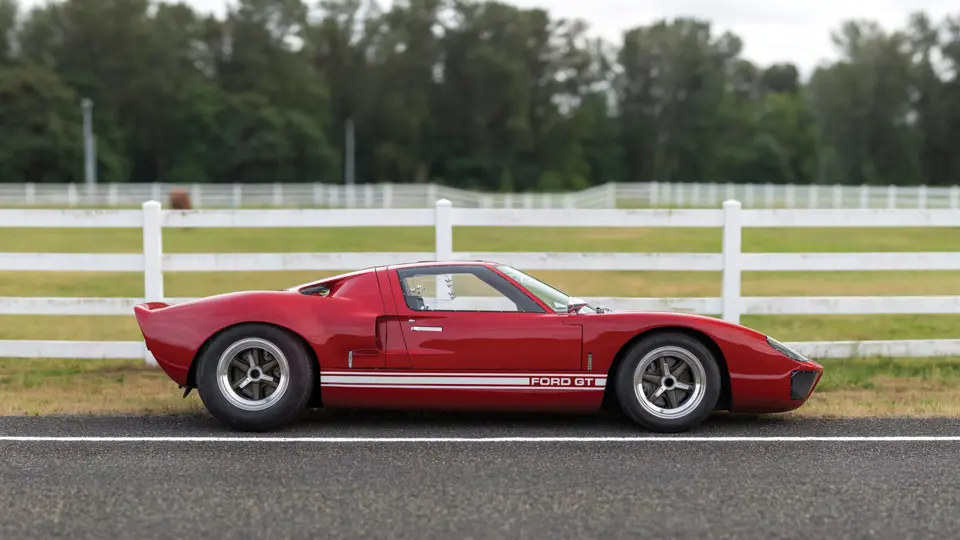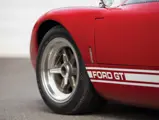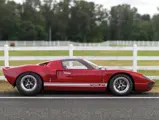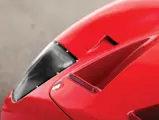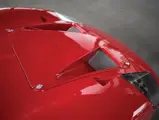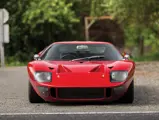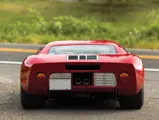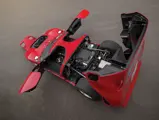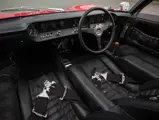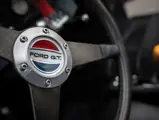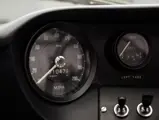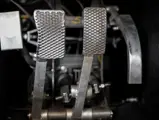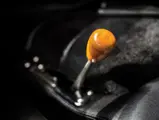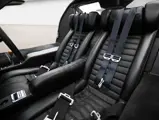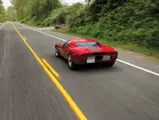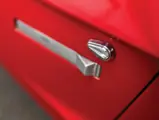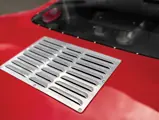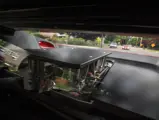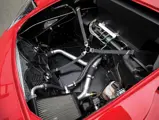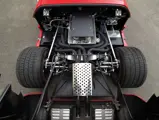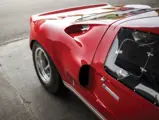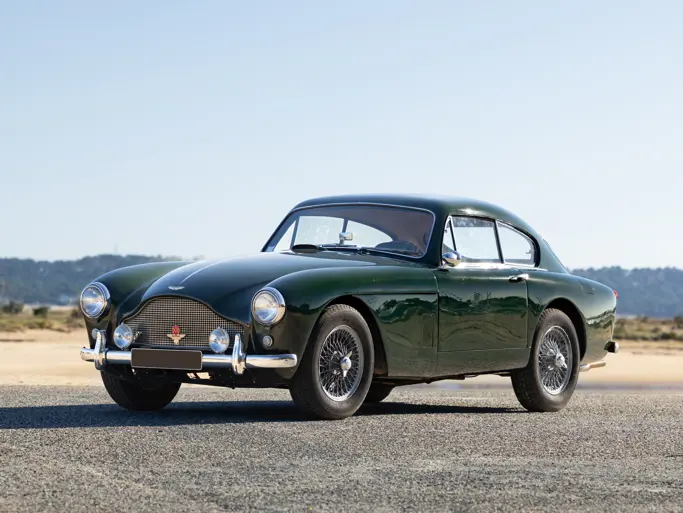
1966 Ford GT40 "P/1057"
{{lr.item.text}}
$2,900,000 USD | Sold
{{bidding.lot.reserveStatusFormatted}}
- One of 31 road-specification Mark I examples
- Exacting restoration of a highly original car by GT40 expert Robert Ash
- Original FAV-equipped engine and competition exhaust
- Documented history by Ronnie Spain, Franco Varani, and the GT40 Owners Registry
- Owned by the consignor for nearly 25 years
- Ideal for concours d’elegance, vintage racing events, and thrilling driving tours
- The ultimate American motorsports icon
345 bhp, 289 cu. in. OHV V-8 engine with four Weber 48IDA carburetors, five-speed ZF manual transmission, independent front suspension with unequal-length A-arms and Armstrong adjustable shock absorbers, independent rear suspension with trailing arms, transverse upper link with a lower wishbone, and Armstrong adjustable shock absorbers, and four-wheel disc brakes. Wheelbase: 95 in.
THE GT40
Undoubtedly the most important sports-racing prototype in Ford’s illustrious history, the GT40 began with the manufacturer’s intention to return to sports car competition. After a failed bid to acquire Ferrari, which only sweetened the allure of dethroning the vaunted Scuderia on the racetrack, Ford entered preliminary talks with three firms, including Lotus, regarding acquisition of a proprietary race car design.
Aware of the increasing success of rear-engine cars, Ford sought to field a model that could match Maranello’s 250 LM and soon focused on Eric Broadley’s revolutionary Lola Mk 6 GT, which employed a Colatti transaxle to absorb the immense torque of an American V-8. When the ink had dried, Broadley was paid to consult on development of the Ford race car, which was soon named the GT40 for its 40-inch height. A new subsidiary design and engineering studio, Ford Advanced Vehicles, was created at a British plant in Slough, while Broadley’s Lolas were independently built at a site within view.
Following the construction of a dozen prototypes, the GT40 entered Mark I production, with 50 examples required to meet the FIA’s homologation minimum. Many of these cars were trimmed as race cars and sold to privateers, some with substantial factory support, while others were appointed as road cars and sold through Ford’s dealer network.
After the GT40 suffered a series of disappointing retirements during the 1964 racing season, Carroll Shelby was famously recruited to lead the 1965 campaign under his Shelby American team, though the factory also provided substantial support to the Holman-Moody and Alan Mann teams, among others. A variety of eventual tweaks, including a larger seven-liter engine, as well as continued chassis development from Detroit’s Kar Kraft (the new American equivalent of FAV), propelled the GT40 to a 1-2-3 finish at the 1966 24 Hours of Le Mans, with the Shelby American team showcasing star names like Bruce McLaren, Ken Miles, and Dennis Hulme. The GT40, of course, went on to win Le Mans for three more consecutive years, and it remains an American motoring legend, breathtaking in its performance, design, rarity, and historic cachet.
CHASSIS NUMBER P/1057
P/1057 is the 16th of 31 Mark I examples configured as road cars, though given its mechanical similarities to the racing-specified examples, the distinction implies little or no drop-off in performance. This GT40 was one of 20 cars eventually allocated to Ford’s Promotion and Disposal Program (initiated in February 1967), and one of seven road cars consigned to Shelby American for retail.
Constructed at Ford Advanced Vehicles’ plant in Slough, United Kingdom, P/1057 received engine number SGT/18, which was equipped with a quad-Weber induction arrangement. The car was painted Warwick Green, mounted with Borrani wire wheels, and upholstered with the model’s sparse black road trim. Interestingly, under the “trim details” section of the car’s build, it is simply noted as “Road Car Specification.” Following delivery to Shelby American, the GT40 was sold in late December 1966 to Noller Motors in Topeka, Kansas. By early 1967, the car was purchased by Nick Nero of Motorama, Inc., in Kansas City, Missouri, and he used it regularly as a daily driver for almost two years before selling it in November 1968 to William Vernon Shields of Los Angeles.
Nine months later, Mr. Nero bought the GT40 back from Mr. Shields and then went on to sell the car to Ron Stafford of nearby Lee’s Summit, Missouri. After painting the Ford green and continuing to drive it in 1971, Mr. Stafford spun into a ditch and the GT40 suffered some minor damage to its driver’s-side front-end. Stored for several years, the car was purchased in November 1976 by David Jungerman of Raytown, Missouri. He, in turn, sold it to the award-winning Robert Ash, a well-known and respected GT40 restorer, then based in Des Moines, Iowa.
A longtime Cobra and Corvette restorer, Mr. Ash wanted to shift his company’s restoration focus to the ultimate 1960s Ford: the GT40. At the time of purchase, P/1057 was in a state of originality unseen in most GT40s. It was the perfect example to restore and glean the information necessary to create a technical database needed to do future authentic GT40 restorations. After restoration, P/1057 debuted at the first-ever GT40 reunion (SAAC-11, July 1986 at Ford’s corporate headquarters in Dearborn, Michigan). P/1057 created a new standard for GT40 restoration and it set the stage for Mr. Ash to eventually restore and preserve more GT40s than anyone else in the world.
Mr. Ash and his Racing Icons shop restored P/1057 to his very high standards. Upon disassembly of the car, Mr. Ash recalls how the fuel sponson and battery-box area were both in superb, un-corroded condition, and the tub had good overall structural integrity. The front-right corner was completely repaired, including new fiberglass, proper DZUS fasteners, original Marchal headlamp and driving lights, and Plexiglas headlight/driving light covers with original-style countersunk aluminum rivets. Various smaller components were cleaned, preserved, and refinished, or, if necessary, replaced with only genuine new old-stock items during the restoration. The result was P/1057 being one of very few GT40 road cars still equipped with concours-correct spark-plug wires, valve covers, Weber carburetors, a competition-style 180-degree crossover exhaust system, oil/water/fuel hoses and clamps, comfort weave seat upholstery, Wilton carpeting, a “Made in Great Britain” spare tire, hand-stamped body identification tags, GKN British bolts, and color-coded coil spring markings.
Despite the strong thrust for factory originality, Mr. Ash chose to make several aesthetic modifications that have subtly enhanced the car’s appearance. In the style of the popular and successful Gulf-liveried racing cars, he installed wider magnesium BRM wheels, with a correspondingly wider rear clip, and finished the body in red with white side stripes. The car does include the set of four original Borrani wire wheels as well as the original spare wheel and Goodyear tire that is properly strapped in the front compartment.
During Mr. Ash’s custody, the restored car was shown at several niche events, including the SAAC-11 meet at Dearborn in July 1986, where it earned a first-in-class and the popular vote. He also took it to the GT40 25th Anniversary Reunion at Watkins Glen in September 1989. After the three-year restoration was completed in 1990, Mr. Ash offered P/1057 for sale in December 1991; it had essentially been undriven since 1971, a remarkable 20-year period of hibernation. The car was soon acquired by the consignor, a Washington-based collector and vintage racer who owns one of the nation’s finest assemblages of post-war sports-racing cars.
Over the past 25 years, the owner has carefully maintained the overall original character of the GT40, initially replacing only ignition wires, spark plugs, and the oil filter. He has occasionally presented it at fine events, including the 1992 Apker Affair d’Elegance (where it won Best of Show), the GT40 30th Anniversary at Elkhart Lake in July 1994, and the 2010 Kirkland Concours d’Elegance. While being interviewed about the car at the latter event, he commented, “It has a crossover exhaust so it doesn’t sound like a normal Ford V-8—it has a much different sound. It comes on strong up to about 3,000 rpm and then, as they say, all hell breaks loose. It’s a very quick car!”
In 2015, the consignor commissioned a rebuild of the original engine, and the original fuel and oil hoses were replaced with braided lines (the originals have also been retained, among other spare parts). In addition, a modern fire system was installed to ensure safety during vintage events and general driving applications. The GT40 is also offered with an original set of Borrani wire wheels with correct period Goodyear tires, and an unused set of proper reproduction Halibrand wheels.
The perfect acquisition for any enthusiast of Le Mans racing or the 1960s heyday of big-bore American sports cars, P/1057 is documented by noted expert Ronnie Spain in his respected book on the model, as well as by the automotive historian Franco Varani. The car is also listed in the GT40 Owners Registry, and it is depicted in a period photo with six other Mark I examples in David Hodges’ 1984 book, The Ford GT40 – An Anglo-American Competition Classic.
P/1057 now awaits its next caretaker, offering awesome power and a legendary racing pedigree, sure to be the toast of concours d’elegance and private tours, as well as a shoe-in at vintage sporting events, including the Monterey Motorsports Reunion. It is a rare example of one of the paragons of American racing, and it would crown most any collection.
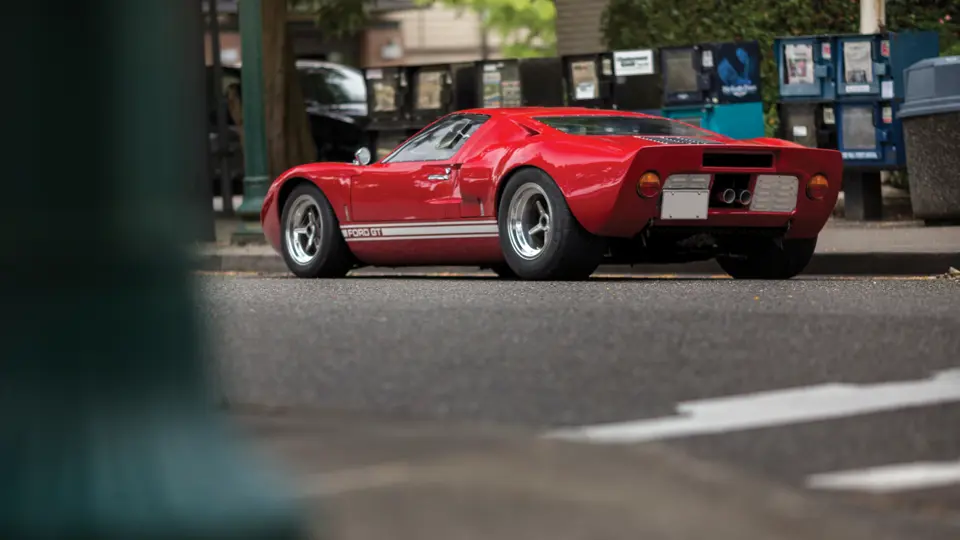

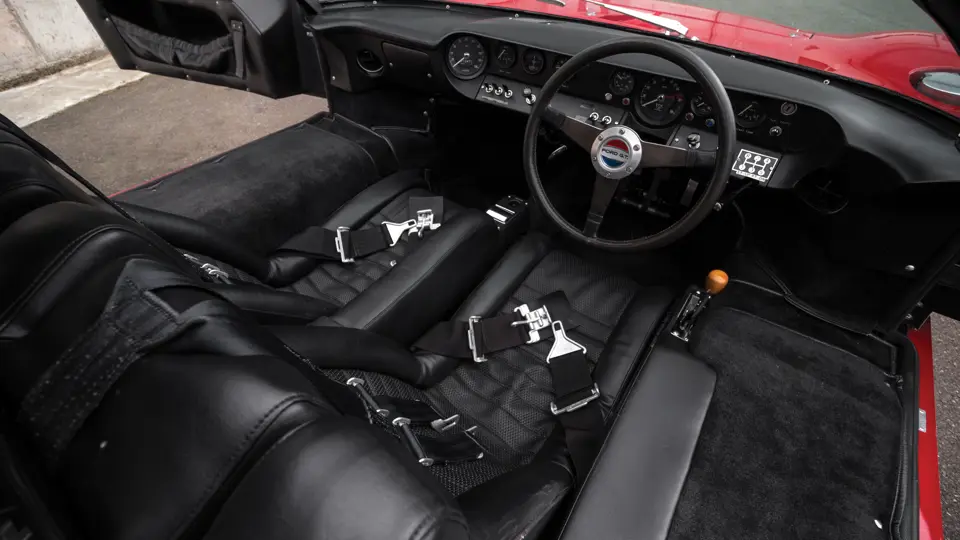

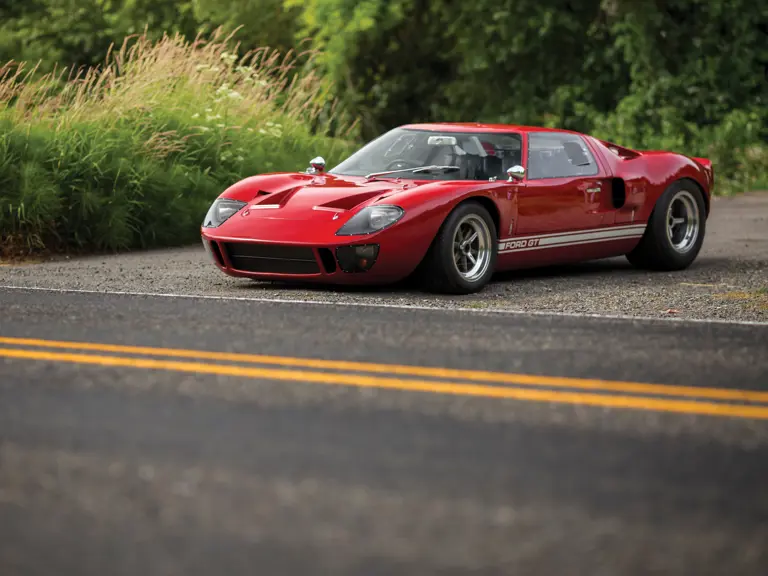
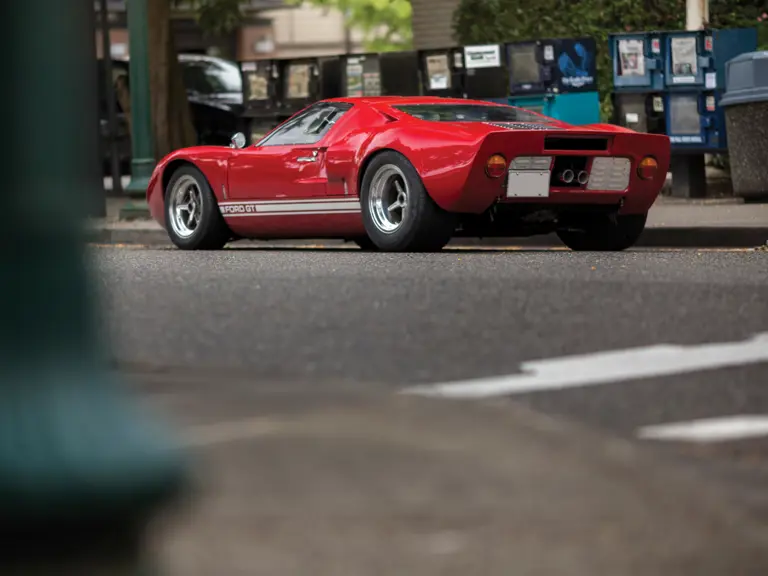
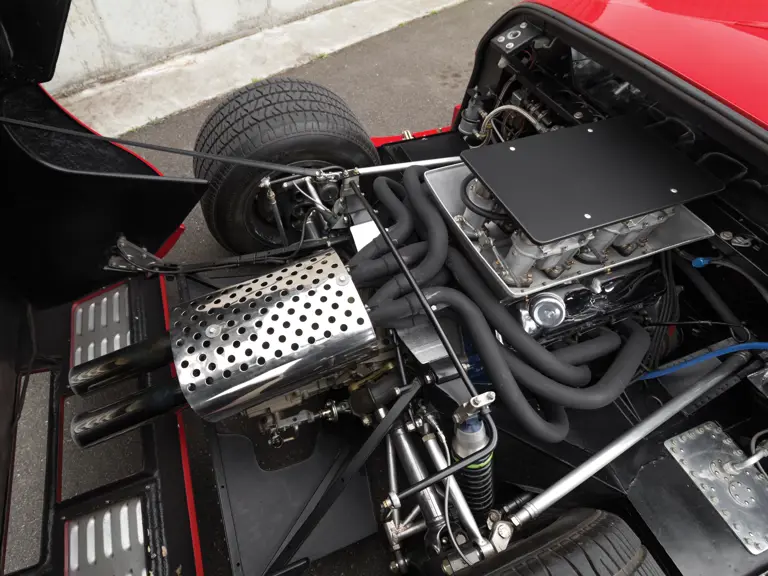

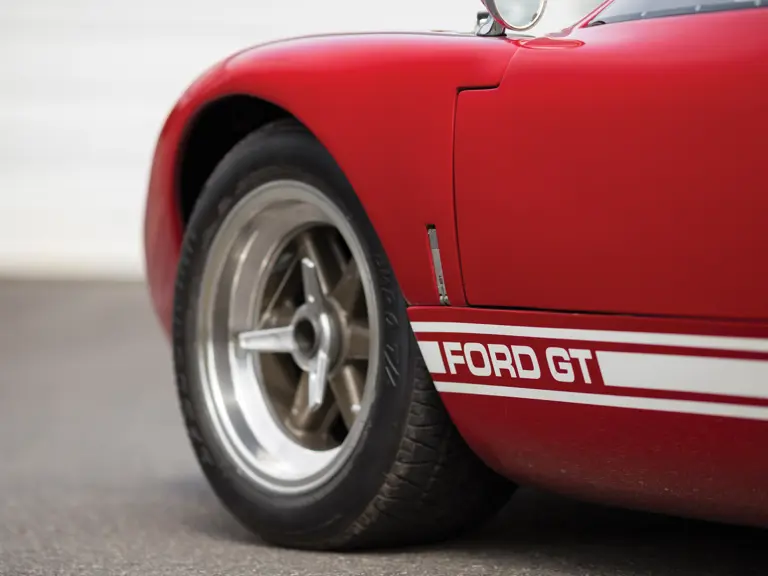
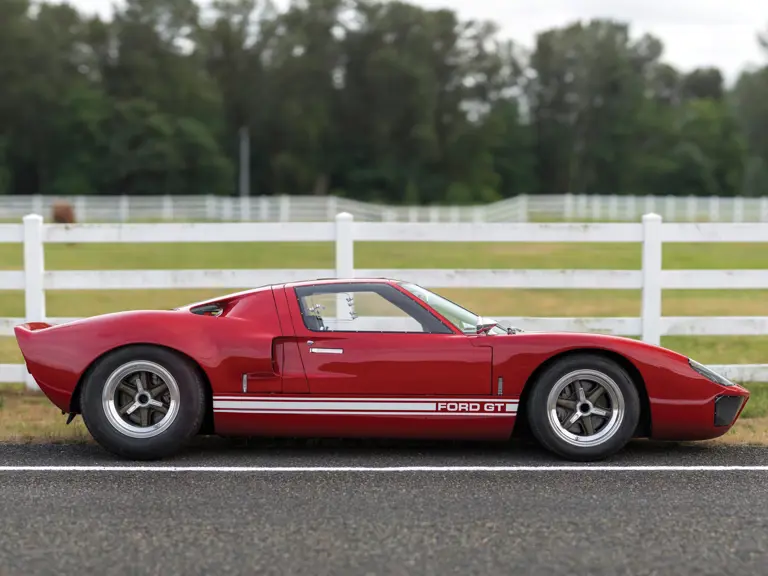
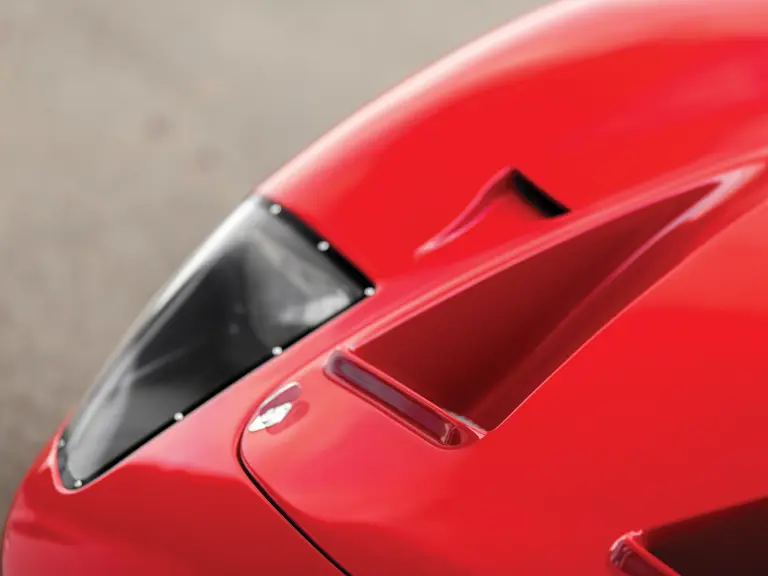

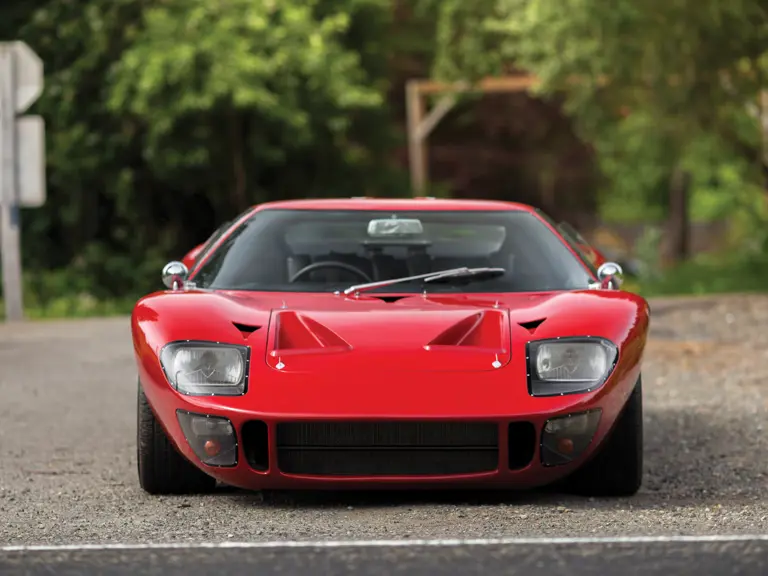
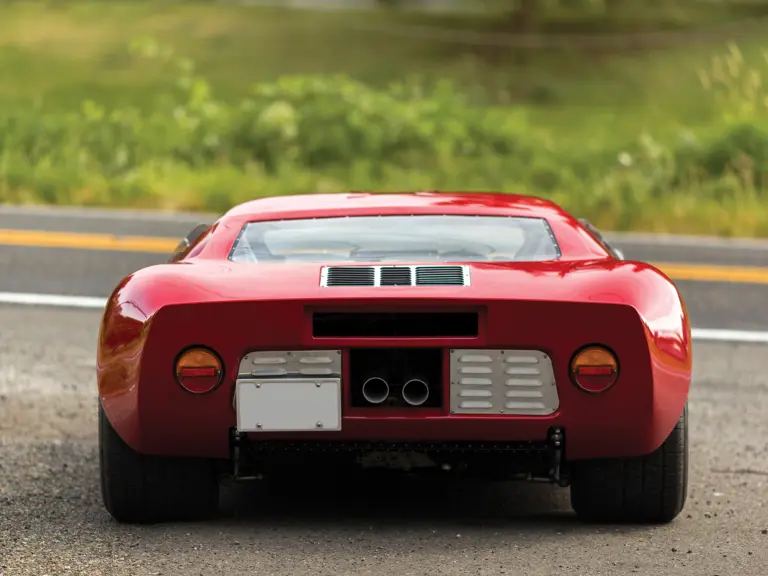
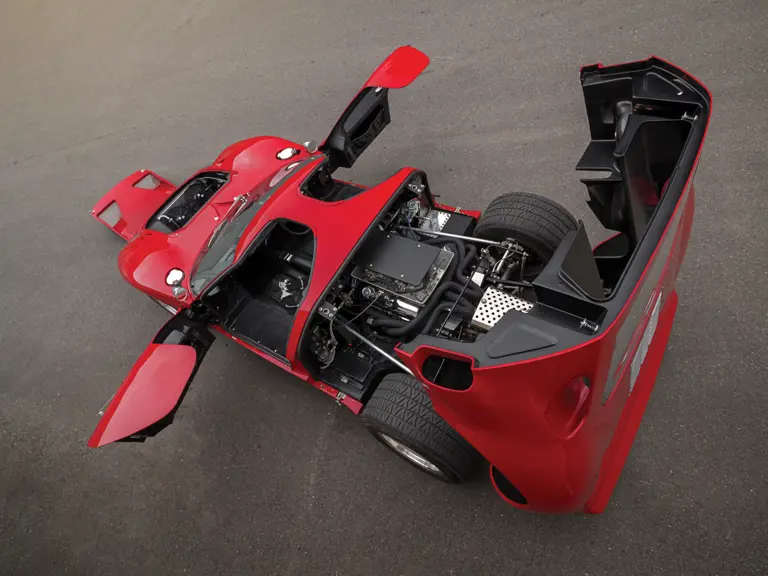
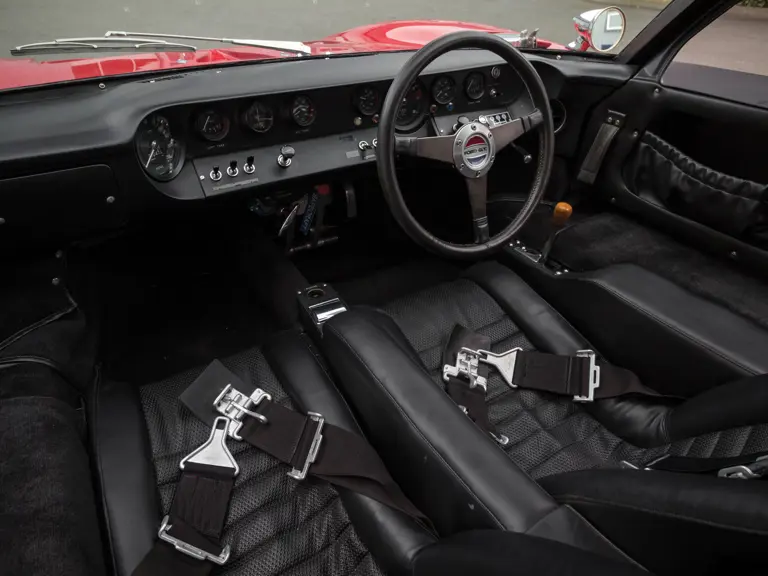
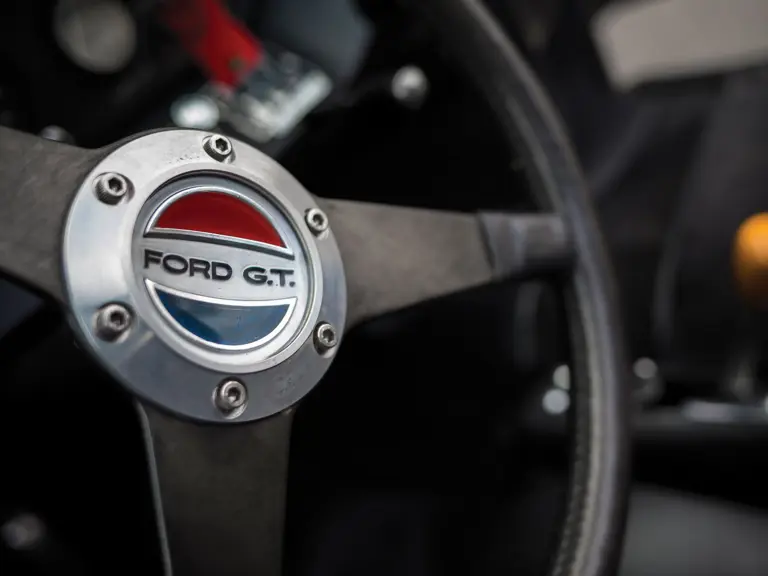
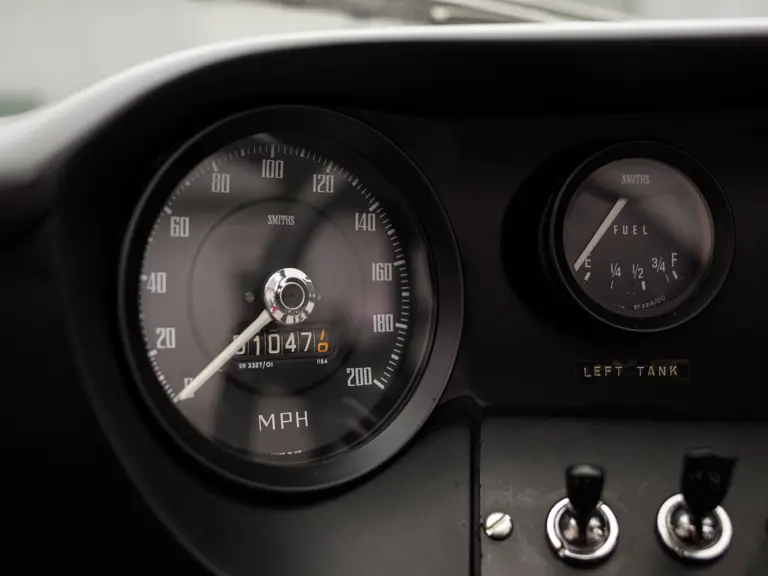
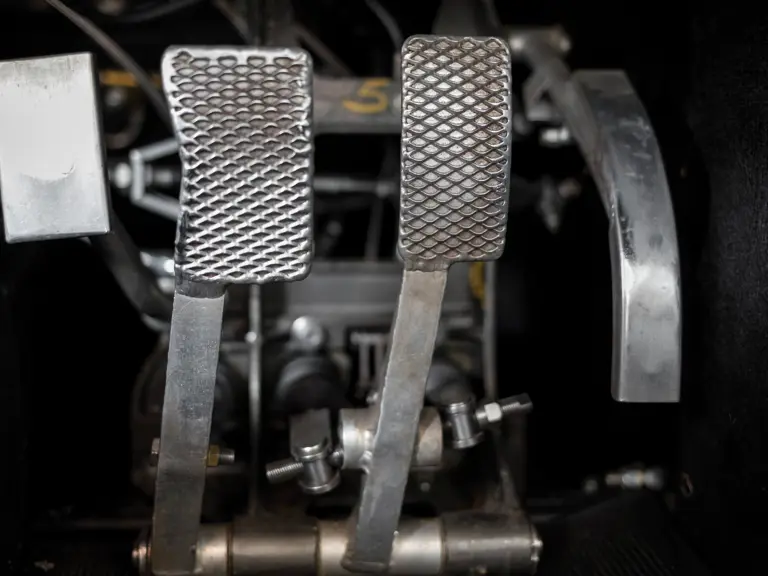
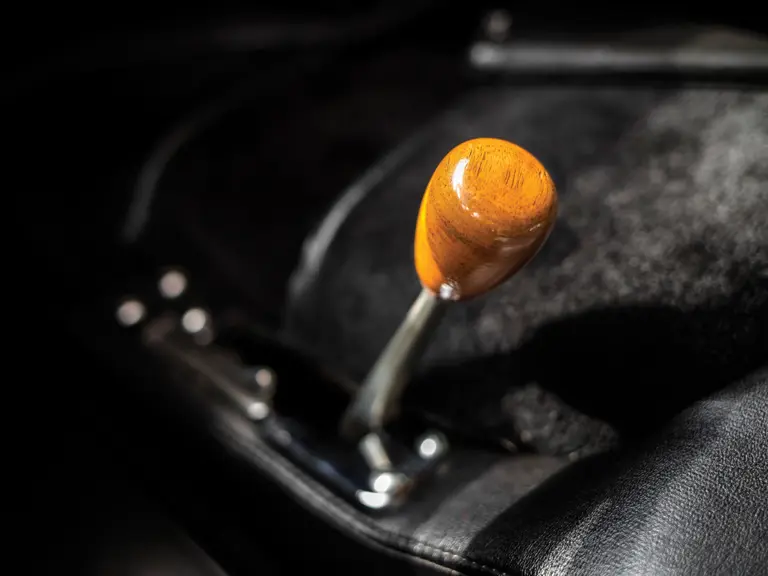
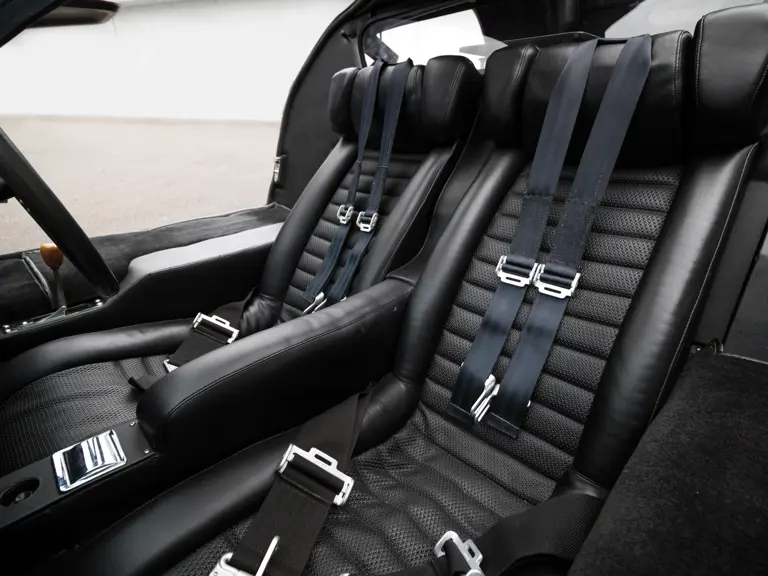
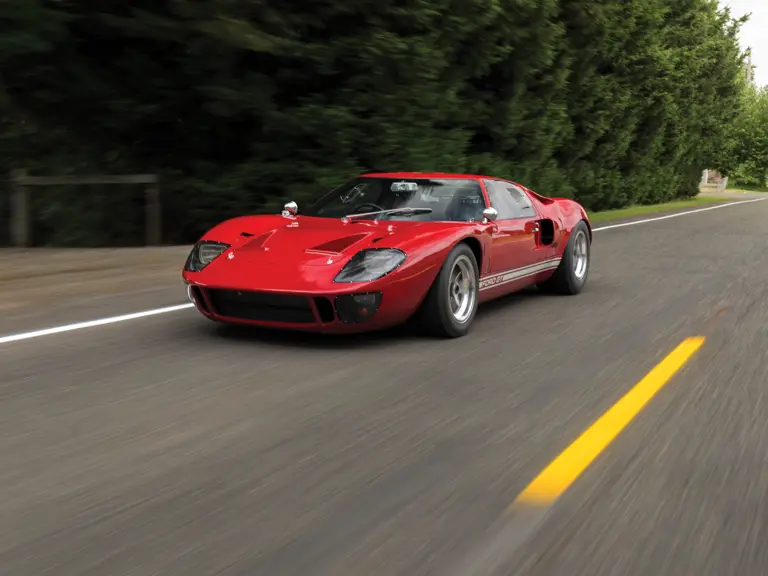
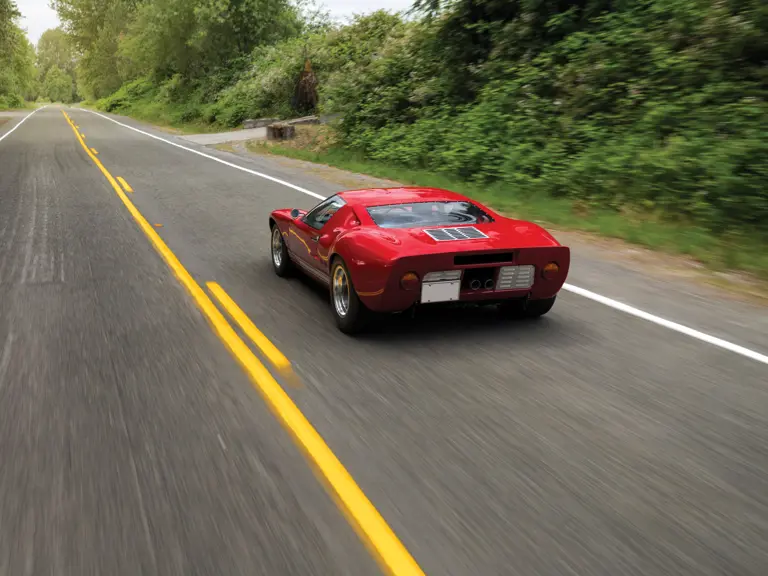
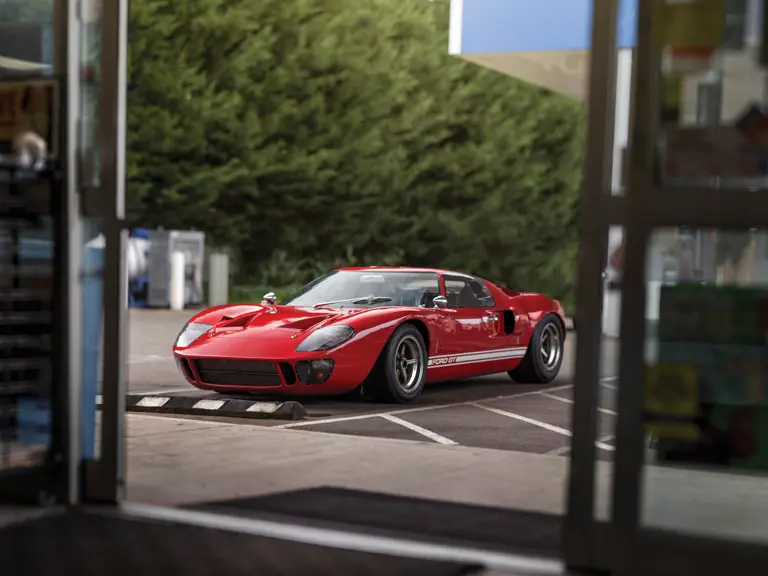
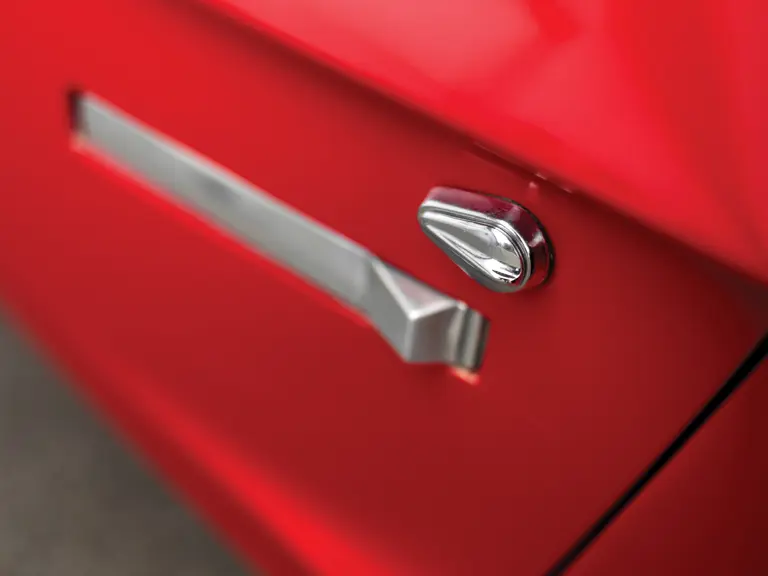
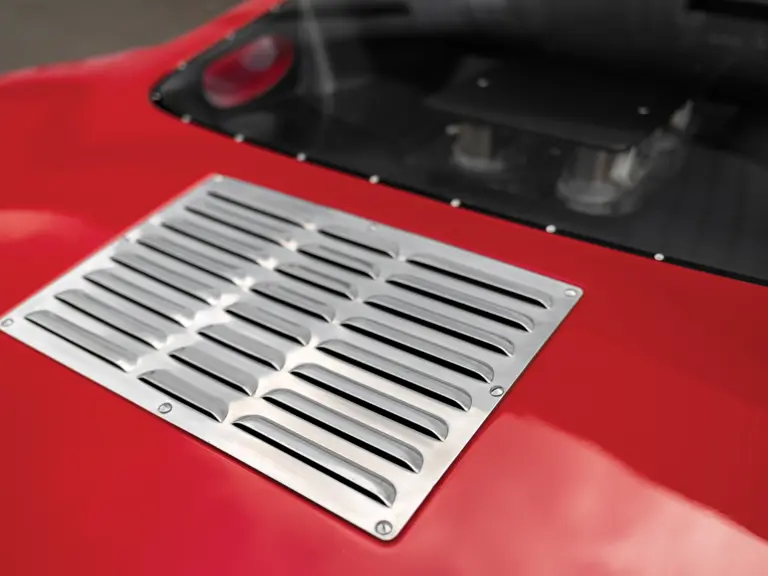
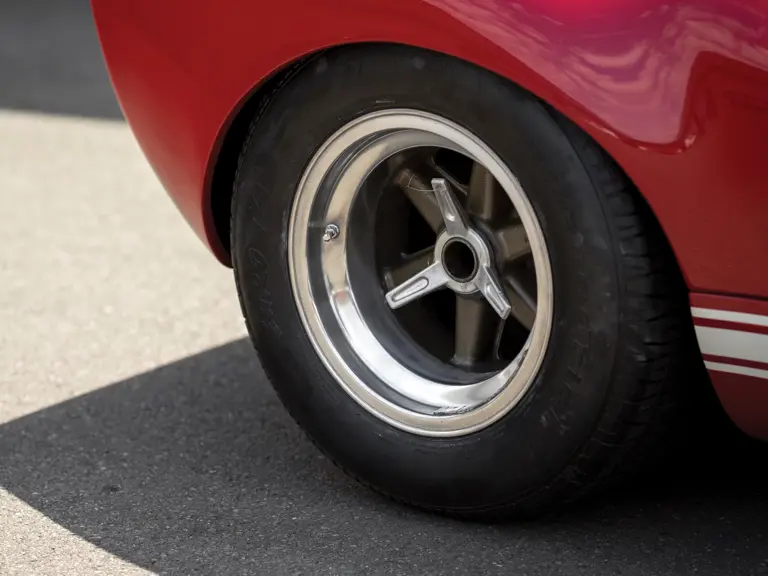

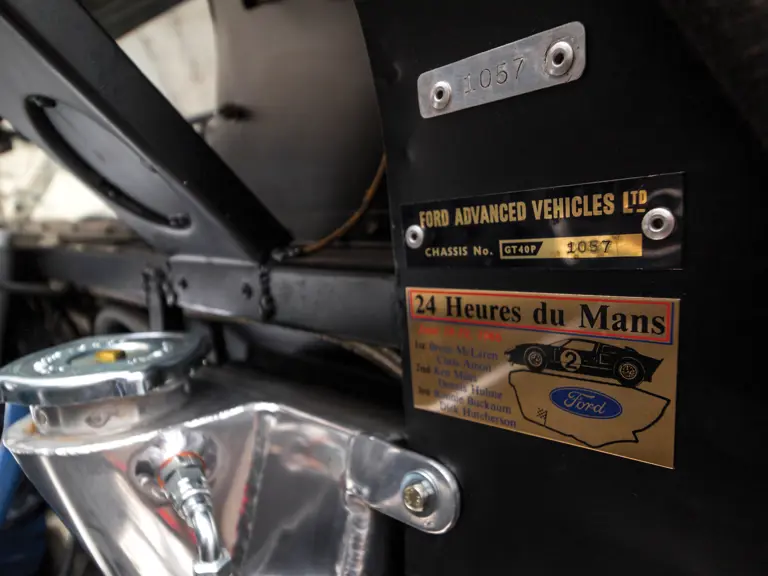
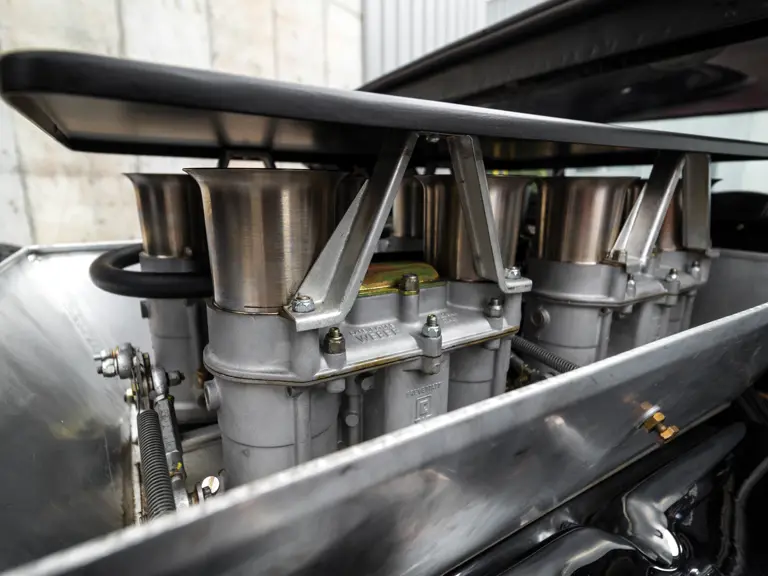
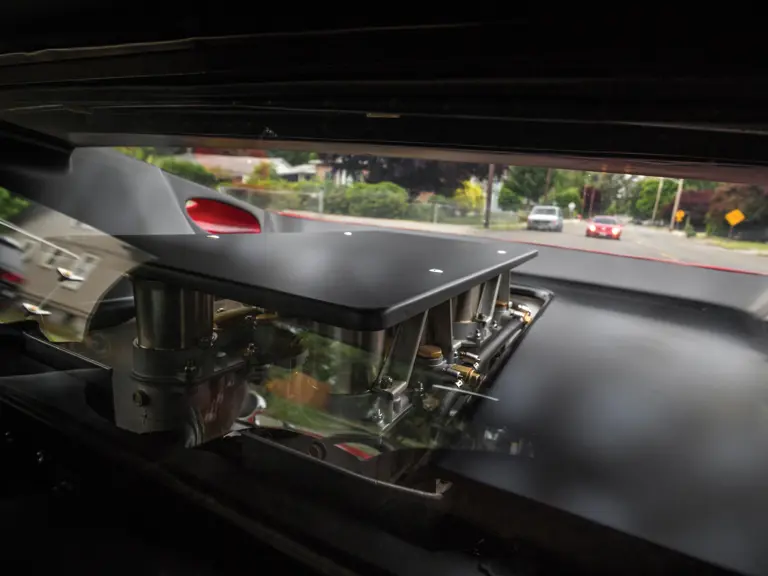
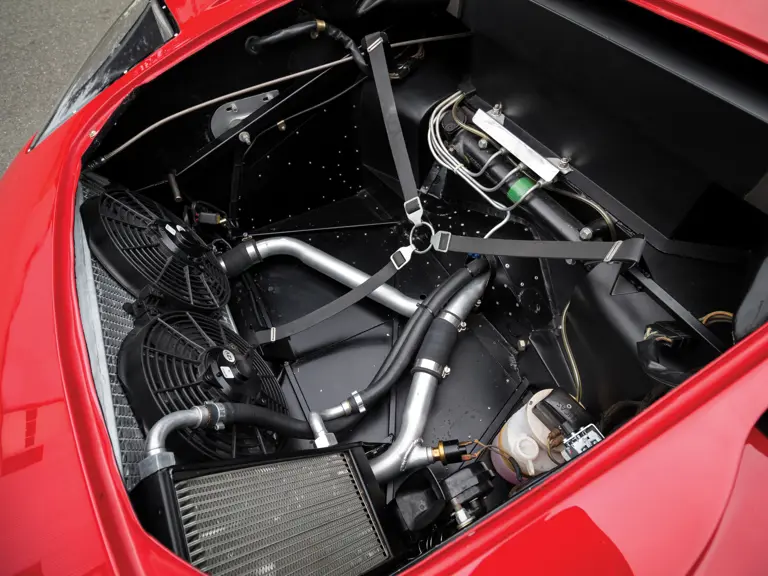
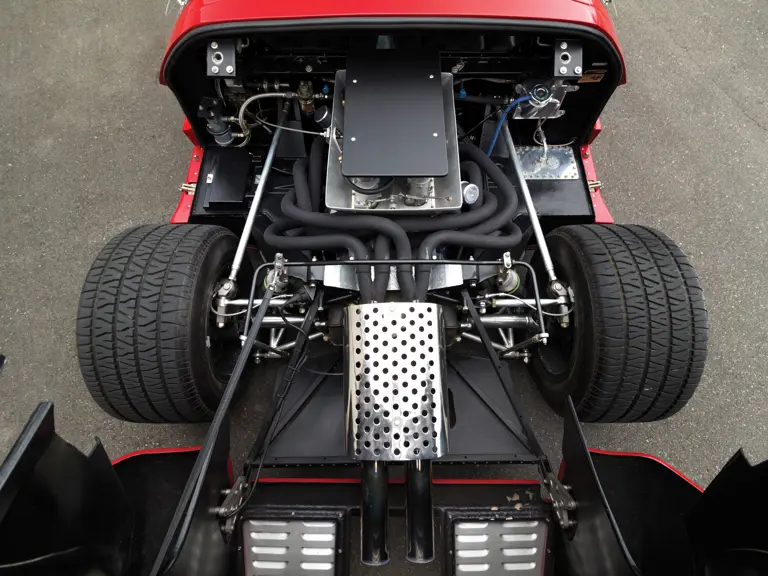
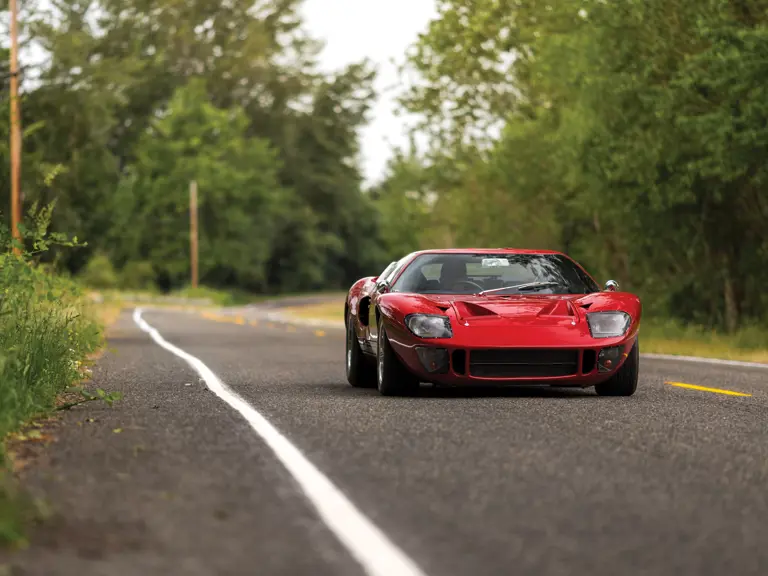
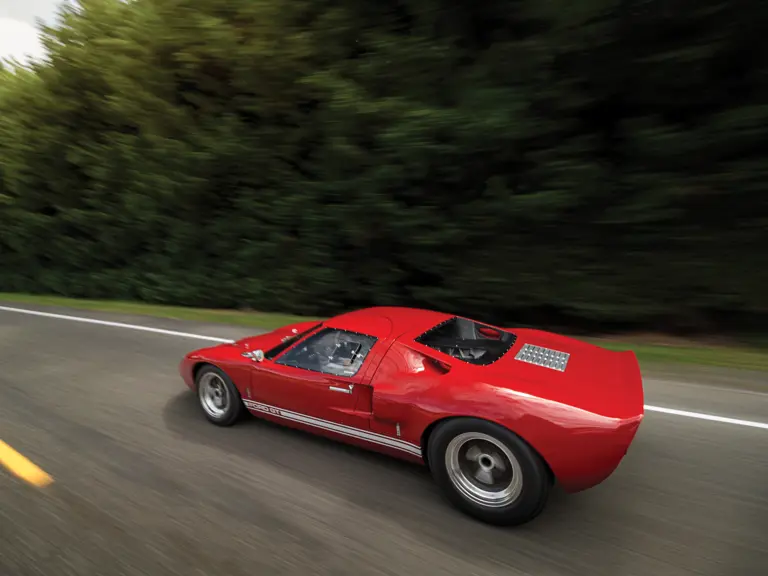
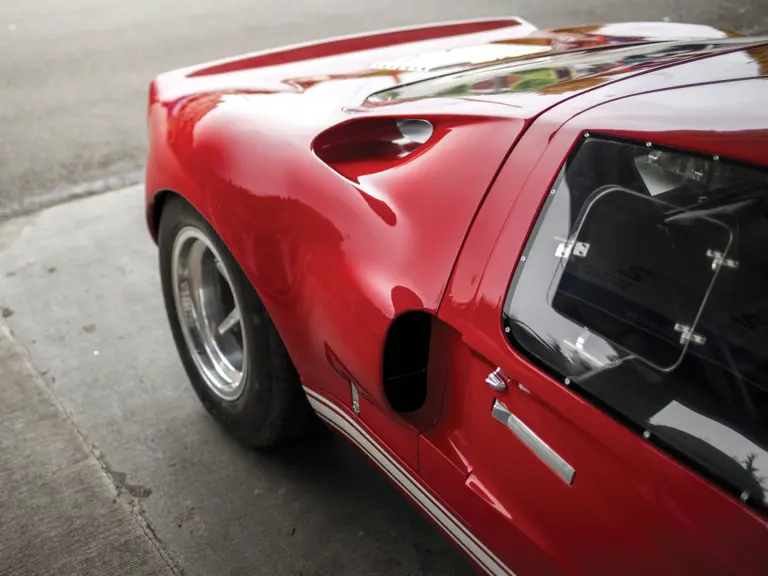
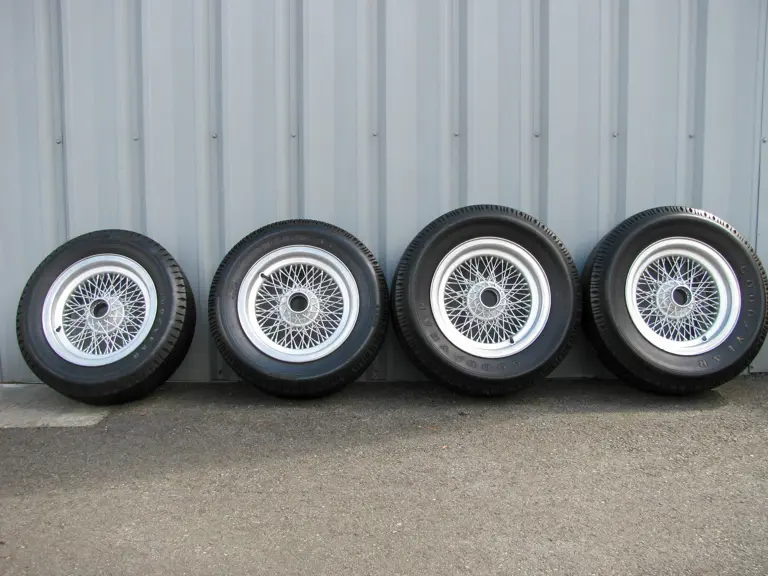
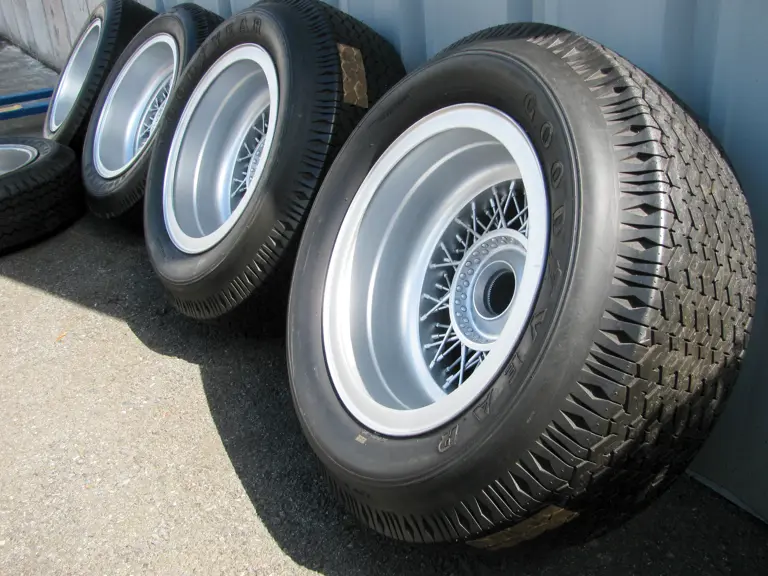
 | Monterey, California
| Monterey, California
